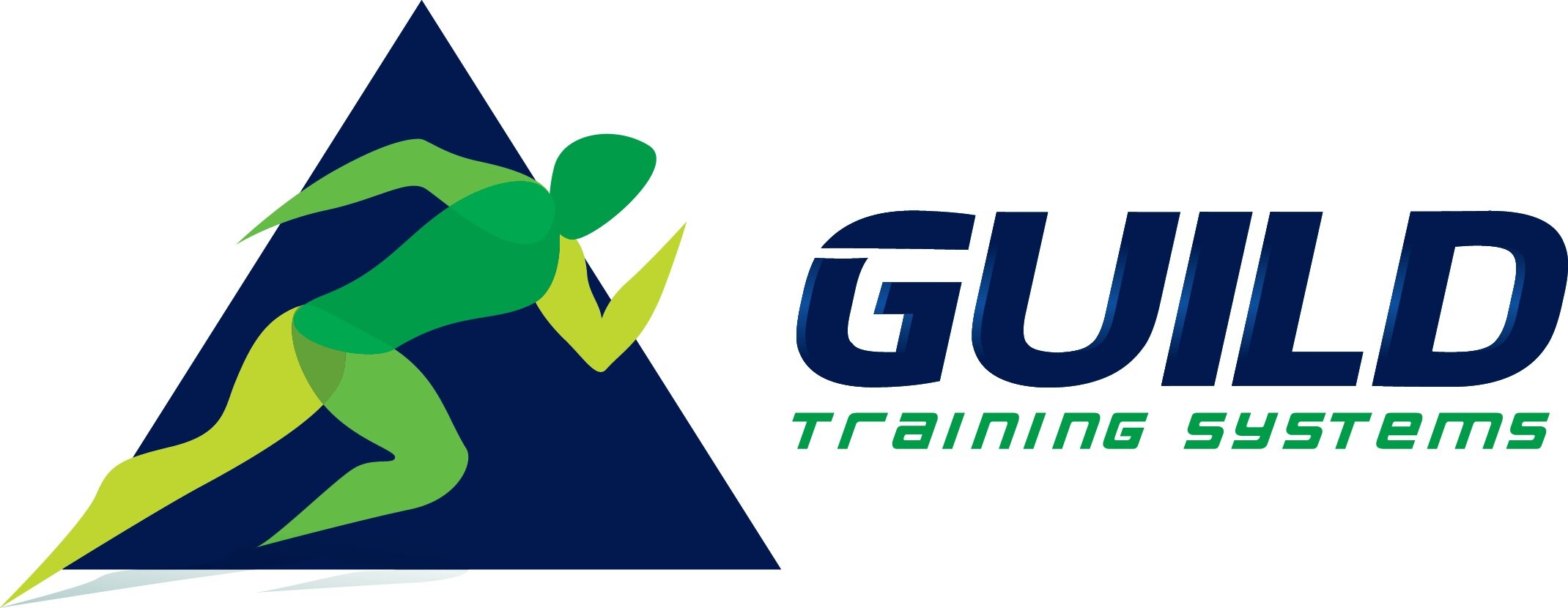Obsolete Coaching Cues
Verbal cues have taken a backseat in recent years due to research pointing towards other methods to drive motor learning outcomes. However, there is still value in cleaning up bad-looking mechanics with a few spoken words.
With that said, there are a few verbal cues that get mercilessly beaten into the ground by coaches, trainers and therapists that apply to some but not all. Below are a few verbal cues that tend to be universally applied to a wildly variable population.
“Keep your weight in your heels”
This is a cue spawned from generations of grouchy knees. The cue has a lot of value for some, as it can reduce dreaded shear force through a knee joint when used properly.
However, it can also lead to squat and lunge patterns being done with minimal to no ankle dorsiflexion, leading to additional stress being placed on other joints as athletes search for additional flexion elsewhere, generally finding it at the hip, leading to the forward lean that drives coaches and lumbar spines mad. This would be a great time for the “Chest up!” cue right? Wait… I’m getting ahead of myself.
“Head Up”
Slowly, this cue is filtering out of the health and fitness industry. It seems to be rooted in football and other contact sports where keeping one’s head up is pivotal to not getting crushed by a muscular stranger.
The problem with this cue is it tends to lead to excessive cervical spine extension, specifically the upper cervical spine. It also leads to an exaggerated head forward posture that can cause chaos both above and below.
“Chest Up”
This cue has a ton of positive attributes. It can help folks retain upright posture during squatting, hinging, etc. without leading to the potential devastation of loading a spine that is in flexion. For that reason, this cue does hold water in some cases.
Sadly, the majority of the time this cue puts folks into some pretty rough postures.
The old adage of “keep the box over the bowl” referring to the ribcage over the pelvis rings true, as the “chest up” cue tends to drive excessive rib flare, additional anterior tilt at the pelvis and excessive scapular retraction. All of which that don’t bode well for an athlete being able to “search” for a proper movement solution to an exercise assignment.
“Pinch Your Shoulder Blades Together”
Like many cues, this one is rooted in Janda’s “Upper Crossed Syndrome”. In the general population, scapular anterior tilt, upward rotation, protraction and elevation are not uncommon. The issue is that there are also a ton of people who rest in downward rotation, depression and retraction that have nowhere to go when hearing this cue. All this cue does is drive poor scapulohumeral connection during rowing and pressing exercises. Bag it.
“Breathe”
Have you ever been just so mad that you couldn’t see straight only to have your lovely pal look you in the face and tell you to breathe? When times get tough, specificity is key. I’ve seen too many instances of the “breathe” cue leading to folks exhaling in a vulnerable position or inhaling during an exertion phase, both of which potentially leading to negative training effects.
“Inhale” or “exhale”… If an athlete is willing to do what we’re telling them to do, the least we can do is be specific in what we’re asking.
As a coach who spends a fair amount of time on the training floor, I’m guilty of using all of these cues at one point or another. I’d even imagine that I’ve used them with the wrong athletes before.
At this point in my career, using verbal cues needs to have a specific purpose to the athlete and if used, it needs to be used because it is the best possible way to elicit a solid training outcome for the athlete. If the verbal cue isn’t the best path, don’t use it.
Happy training!
